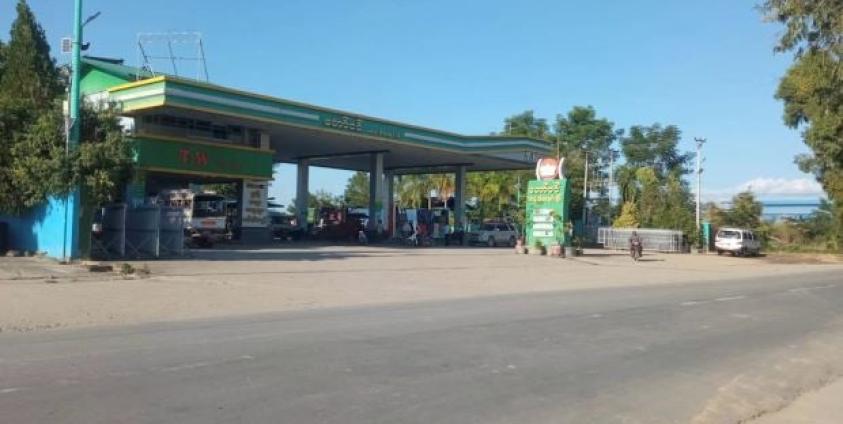Rumours about Myanmar’s junta-controlled Ministry of Electricity and Energy notifying fuel distributors to halt allocations to certain townships, including Kalay in Sagaing Region, sparked a wave of panic buying, resulting in significant fuel price hikes.
On 19 November, residents in Kalay began purchasing large quantities of fuel, filling motorbikes, private cars, tricycles, and containers, drastically increasing demand.
By 20 November, several fuel stations in Kalay, such as Mya Myitta, Kaung Thant, and Shwe Taw Win, had stopped selling fuel entirely.
The price of diesel, which was 31,000 kyats per gallon, surged to 35,000 kyats, with retail prices reaching up to 40,000 kyats, according to locals.
“It was like the panic during COVID. People rushed to buy fuel, and some stations shut down. Prices skyrocketed,” a resident said.
Fuel stations attributed the suspension of sales to an overwhelming demand. Meanwhile, some locals speculated that rumours of fuel shortages might have been deliberately spread by opportunistic traders aiming to drive up prices.
Kalay residents rely heavily on fuel for transportation and for generators due to irregular electricity supplies. The shortage poses a serious threat to communication, daily life, and essential activities in the area.
The junta’s fuel transportation ban affects several townships across Sagaing, Mandalay, Magway, and Bago Region, and Shan and Chin States. Impacted areas include Myinmu, Chaung U, Budalin, Tabayin, Kalay, Khampat, Tamu, Mawlaik, Bhamo, Katha, Moemit, Paungbyin, Salingyi, Yinmapin, Pale, Wet Latt, Myaung, Pauk, Myingyan, Hteechaite, Minhla, Kanbalu, Kyunhla, Inn Taw, Kawlin, Mogok, Nawnghkio, Lashio, Moigyai, and Yeni.
Fuel allocations are reportedly still permitted for military and government office use in these regions.
An official from the junta’s Ministry of Electricity and Energy has not confirmed the fuel transport restrictions. Mizzima is working to verify the claims.








